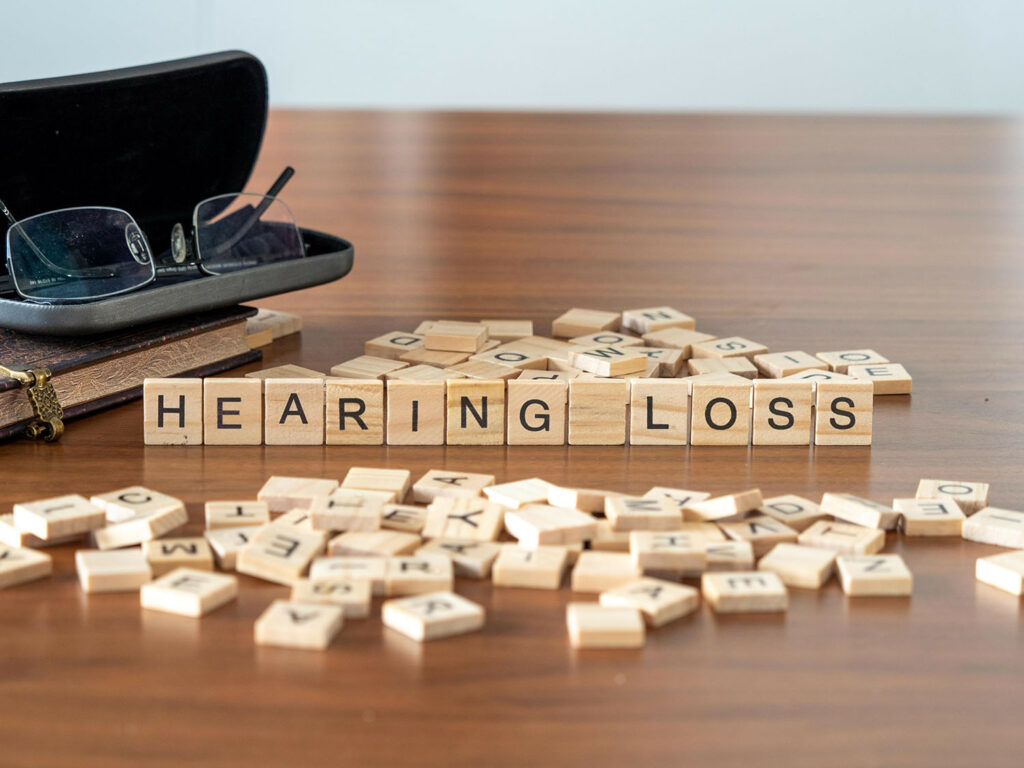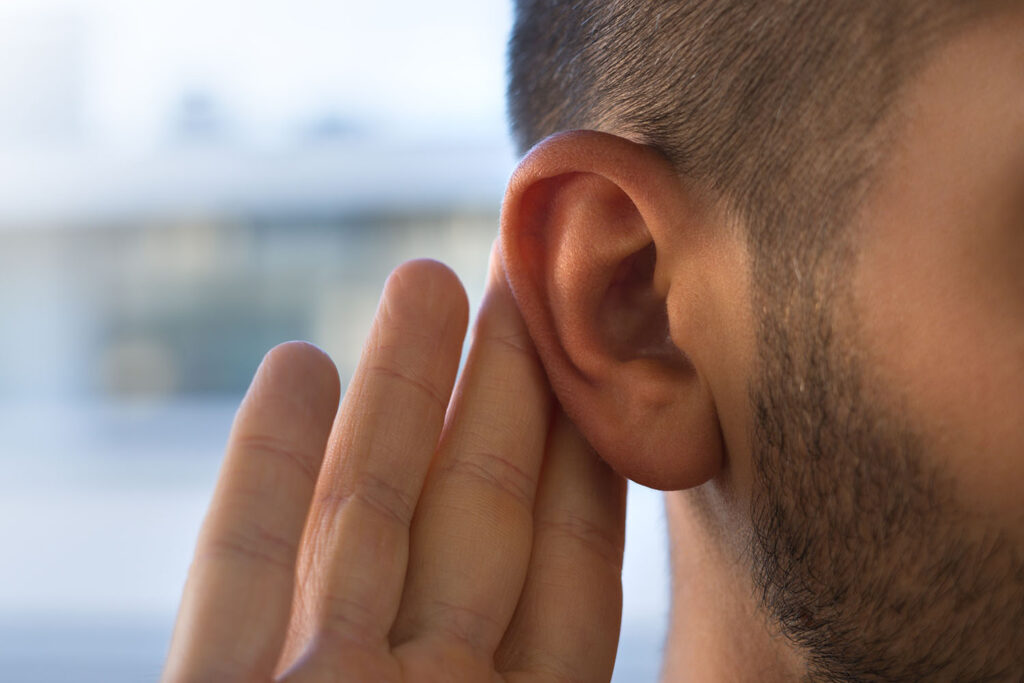Hearing loss is more common than many people realize. The World Health Organization recently reported that there will be an estimated 900+ million people with hearing loss by 2050. The challenge is that many patients are living with undiagnosed hearing loss… they don’t realize that they are missing out on important sounds and conversations.

It’s essential for the population as a whole to learn more about hearing loss. This education not only helps families identify signs of hearing loss in the earliest stages. But it also empowers patients to make the best decisions to protect and amplify their hearing.
If something affects a person’s ears and reduces their ability to hear sounds, then it means that this patient is experiencing hearing loss. These issues can be caused by different factors affecting the function of the ear or auditory system.
Sometimes, the patient notices a problem. For example, they might find it hard to follow a conversation or hear sounds coming from the TV. Other times, hearing loss goes undiagnosed because a person unknowingly compensates for their reduced hearing.
Often, hearing loss is a gradual loss of hearing. As a person grows older, it’s common for their hearing to reduce over time. But there are also medical situations that might result in a sudden and unexpected loss of hearing.
Don’t make the mistake of using the phrases “hearing loss” and “deafness” as synonyms. Even though these conditions have similarities, there are distinct differences.

The difference between deafness and hearing loss is the amount of hearing loss that has been experienced. If it is a mild, moderate, or severe case of hearing loss, then the person can still hear but has reduced function. On the other hand, deafness is a situation of profound hearing loss – resulting in the person having little or no hearing at all.
Hearing loss can have a domino effect on many aspects of a person’s life. When communication is negatively affected, it can hinder a person’s ability to maintain relationships, participate in social activities, or grow in their career.
Most of the time, hearing loss occurs gradually. Watch for these signs of hearing loss in yourself and your loved ones.
If you notice these signs of hearing loss, then the best thing you can do is schedule a consultation and hearing test with an audiologist.
When you visit an audiologist for a hearing test, your level of hearing loss will be ranked based on the results of the test. Most specialists will use a category system for measuring hearing loss:
Often, an audiologist will recommend the use of hearing aids starting with mild hearing loss. But sometimes hearing aids aren’t necessary at this point. By the time a patient reaches moderate to severe hearing loss, they will greatly benefit from the use of hearing aids.
The most effective solution for improving and amplifying a person’s hearing is a thorough diagnosis identifying the underlying cause of hearing loss. These causes fall into two categories: conductive hearing loss and sensorineural hearing loss.
With conductive hearing loss, the sound is blocked from reaching the inner ear. So, the patient perceives the sounds as muffled or quiet. Examples of conductive hearing loss causes might include:
On the other hand, sensorineural hearing loss happens when the inner ear has been damaged. This damage impacts the hair cells and delicate tissues within the ear. As a result, the auditory nerve isn’t working correctly. Or, sensorineural hearing loss could also occur because the nerve pathways are blocked between the brain and the inner ear. Examples of causes that result in sensorineural hearing loss include:
In some cases, a patient might be experiencing both conductive and sensorineural hearing loss. Each situation is unique, which is why it’s critical for every patient to work with an audiologist for diagnosis and personalized treatment recommendations.
Rest assured: if you or a loved one has been diagnosed with hearing loss, there are ways to improve your hearing and optimize your lifestyle. Our team is here to help, offering different types of hearing aids and other solutions.
Learn more about improving your hearing by contacting our team at Fairfax Hearing Center. We are always here to answer your questions and provide guidance for your customized treatment plan.